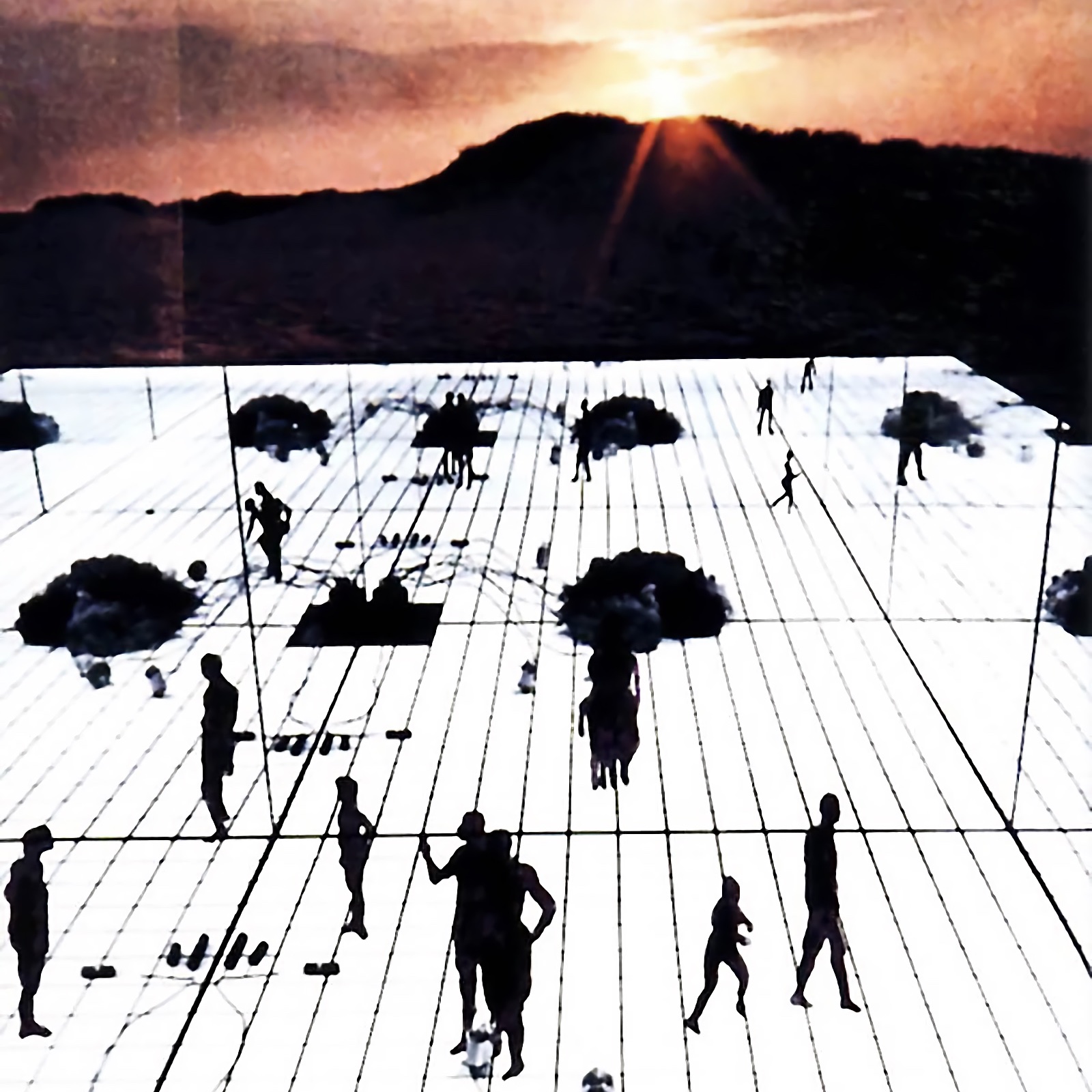Downloads
DOI:
https://doi.org/10.7480/spool.2017.1.1912Keywords:
Adaptive environments, Architectural robotics, Interactive Environments, Theory, Human-Machine Interaction, Intelligent Systems, Internet of Things, IoT, Cyber-Physical Systems, CPSAbstract
The next horizons of human-computer interaction promise a whirling world of digital bytes, physical bits, and their hybrids. Are human beings prepared to inhabit such cyber-physical, adaptive environments? Assuming an optimistic view, this chapter offers a reply, drawing from art and art history, environmental design, literature, psychology, and evolutionary anthropology, to identify wide-ranging motivations for the design of such “new places” of human-computer interaction. Moreover, the author makes a plea to researchers focused in the domain of adaptive environments to pause and take a longer, more comprehensive, more self-reflective view to see what we’re doing, to recognize where we are, and to possibly find ourselves and others within our designed artifacts and systems that make the world move.
How to Cite
Published
Issue
Section
Categories
License
Copyright (c) 2020 SPOOL

This work is licensed under a Creative Commons Attribution 4.0 International License.

References
Anton, S., Potts, R. and Aiello, L. (2014). Evolution of early Homo: An integrated biological perspective. Science, 345(6192):1236828, pp.7-8.
Cage, J. (1980) Mesostic for Elfriede Fischinger. Center for Visual Music, Elfriede Fischinger Collection
Cage, J. (1990) I-VI. The Charles Eliot Norton Lectures. Harvard University Press
Dourish, P. (2001). Where the Action Is: The Foundations of Embodied Interaction. Cambridge, Mass.: MIT Press.
Eco, U. (1989). The open work. Cambridge, Mass.: Harvard University Press. p.4.
Focillon, H. (1989). The life of forms in art. New York: Zone Books, pp.97-98.
Fuller, R. (2014). Operating manual for spaceship earth. Baden, Switzerland: Lars Müller Publishers, pp.22 and 24.
Houayek, H., Green, K., Gugerty, L., Walker, I. and Witte, J. (2013). AWE: an animated work environment for working with physical and digital tools and artifacts. Personal and Ubiquitous Computing, 18(5), pp.1227-1241.
IEEE Spectrum: Technology, Engineering, and Science News. (2015). Special Report: The Singularity. [online] Available at: http://spectrum.ieee.org/static/singularity [Accessed 18 Dec. 2016].
Illich, I. (2009). Tools for conviviality. London: Marion Boyars, p.24.
Levy, S. (1993). Artificial life: A Report from the Frontier Where Computers Meet Biology. New York: Vintage Books, p.18.
Lifton, R. (1994). The protean self: Human Resilience in an Age of Fragmentation. New York, NY: BasicBooks, p.1.
Marinetti, F. T. (1991). The Birth of a Futurist Aesthetic. In Let’s Murder the Moonshine. Los Angeles: Sun & Moon Press.
Mollino, C. (1949). Utopia e Ambientazione. Domus (August 1949): 16 (author’s translation).
Schafer, G., Green, K. E., Walker, I. D., Fullerton, S. K. and Lewis, E. (2014). An Interactive, Cyber-Physical Read-Aloud Environment: Results and Lessons from an Evaluation Activity with Children and their Teachers. Proceedings of DIS 2014: the ACM conference on Designing Interactive Systems, Vancouver, B.C., pp. 865–874.
Someya, T. (2013). Building bionic skin. IEEE Spectrum, 50(9), pp.50-56.
Stajic, J., Stone, R., Chin, G. and Wible, B. (2015). Special issue on artificial intelligence. Science. 349(6245). pp.248-278
Threatt, A. L., Merino, J., Green, K. E. and Walker, I. D. (2014). An Assistive Robotic Table for Older and Post-Stroke Adults: Results from Participatory Design and Evaluation Activities with Clinical Staff. Proceedings of CHI 2014: the ACM Conference on Human Factors in Computing Systems, Toronto, Ontario, Canada, pp. 673–682.



